Welcome to the Creative Learning Academy, where innovation and imagination reign supreme. Here, we believe that every student possesses a unique spark of creativity, and our mission is to nurture and ignite that spark within our vibrant learning community.
Through our transformative approach, we empower students to explore the world through a creative lens, fostering their critical thinking, problem-solving abilities, and self-expression. Join us on this extraordinary journey as we unlock the boundless potential of creative learning.
Creative Learning Environments
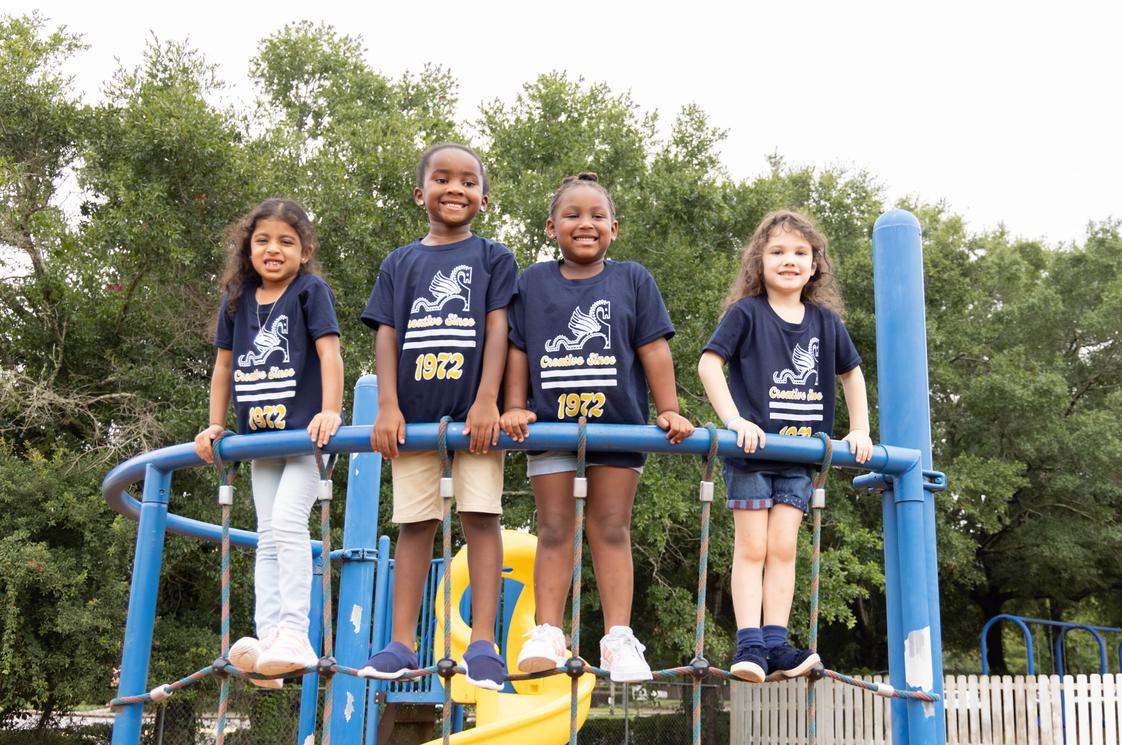
In today’s rapidly evolving world, creativity is a crucial skill that empowers individuals to adapt, innovate, and thrive. Fostering creativity in learning spaces is paramount to equip students with the necessary tools to navigate complex challenges and make meaningful contributions to society.
Creative learning environments are spaces that encourage exploration, experimentation, and divergent thinking. They provide students with opportunities to engage in hands-on activities, collaborate with peers, and receive constructive feedback.
Types of Creative Learning Environments
- Maker Spaces:These are dedicated areas equipped with tools and materials for students to create, build, and invent. They encourage hands-on learning and foster collaboration.
- Design Thinking Studios:These spaces provide a structured approach to problem-solving by encouraging students to empathize, define, ideate, prototype, and test their solutions.
- Innovation Labs:These are technology-rich environments that support students in developing digital literacy, computational thinking, and creative expression.
- Outdoor Learning Spaces:Natural environments can stimulate creativity by providing opportunities for exploration, play, and sensory engagement.
Nurturing Creativity in Students
Creativity is a crucial skill that empowers students to think critically, solve problems, and innovate. Nurturing creativity in the classroom fosters a dynamic and engaging learning environment.
Providing Opportunities for Exploration and Experimentation
Provide students with ample opportunities to explore and experiment. Encourage them to ask questions, take risks, and try new approaches. Hands-on activities, open-ended projects, and collaborative brainstorming sessions can stimulate creativity.
Creating a Supportive and Non-Judgmental Environment
Foster a supportive and non-judgmental environment where students feel comfortable sharing their ideas without fear of criticism. Encourage positive peer feedback and provide constructive criticism that focuses on improvement rather than judgment.
Valuing Diverse Perspectives and Approaches
Recognize and value diverse perspectives and approaches. Celebrate differences in thinking styles and encourage students to learn from each other. By embracing diversity, you create a rich learning environment that fosters creativity.
Assessing and Evaluating Student Creativity
Using Rubrics that Focus on Originality, Flexibility, and Problem-Solving Skills
Use rubrics that assess creativity based on originality, flexibility, and problem-solving skills. Look for evidence of unique ideas, multiple perspectives, and innovative solutions.
Providing Feedback that Encourages Students to Take Risks and Refine Their Ideas
Provide feedback that encourages students to take risks and refine their ideas. Focus on the process and progress rather than the final product. Encourage students to reflect on their work and identify areas for improvement.
Creative Activities and Projects
Open-Ended Art Projects
Open-ended art projects allow students to express their creativity freely. Provide a variety of materials and encourage students to experiment with different techniques and styles.
Collaborative Storytelling
Collaborative storytelling encourages students to develop their imaginations and work together. Start a story and have students take turns adding to it, building upon each other’s ideas.
Design Challenges
Design challenges present students with a problem to solve. Encourage them to come up with innovative and practical solutions. Provide constraints to foster creativity and encourage students to think outside the box.
Research and Studies
Research has shown that fostering creativity in students has numerous benefits, including:
- Improved problem-solving skills
- Increased motivation and engagement
- Enhanced critical thinking abilities
By nurturing creativity, we empower students to become lifelong learners and innovators who can thrive in a rapidly changing world.
Curriculum Design for Creative Learning
Curriculum design plays a pivotal role in fostering creative learning environments. By integrating creativity and innovation into the curriculum, educators can empower students to think critically, solve problems, and express themselves in unique ways.
Numerous curriculum models prioritize creativity and innovation, including:
Project-Based Learning
Project-based learning involves students in hands-on projects that allow them to apply their knowledge and skills to real-world problems. This approach encourages collaboration, critical thinking, and creativity as students work together to complete projects.
Inquiry-Based Learning
Inquiry-based learning focuses on student-led investigations and exploration. Students are given opportunities to ask questions, research topics, and present their findings. This approach fosters curiosity, problem-solving abilities, and creative thinking.
Differentiated Learning
Differentiated learning recognizes that students have diverse learning styles and needs. By tailoring instruction to individual students’ strengths and interests, this approach allows students to learn in ways that encourage creativity and innovation.
Role of Technology in Creative Learning
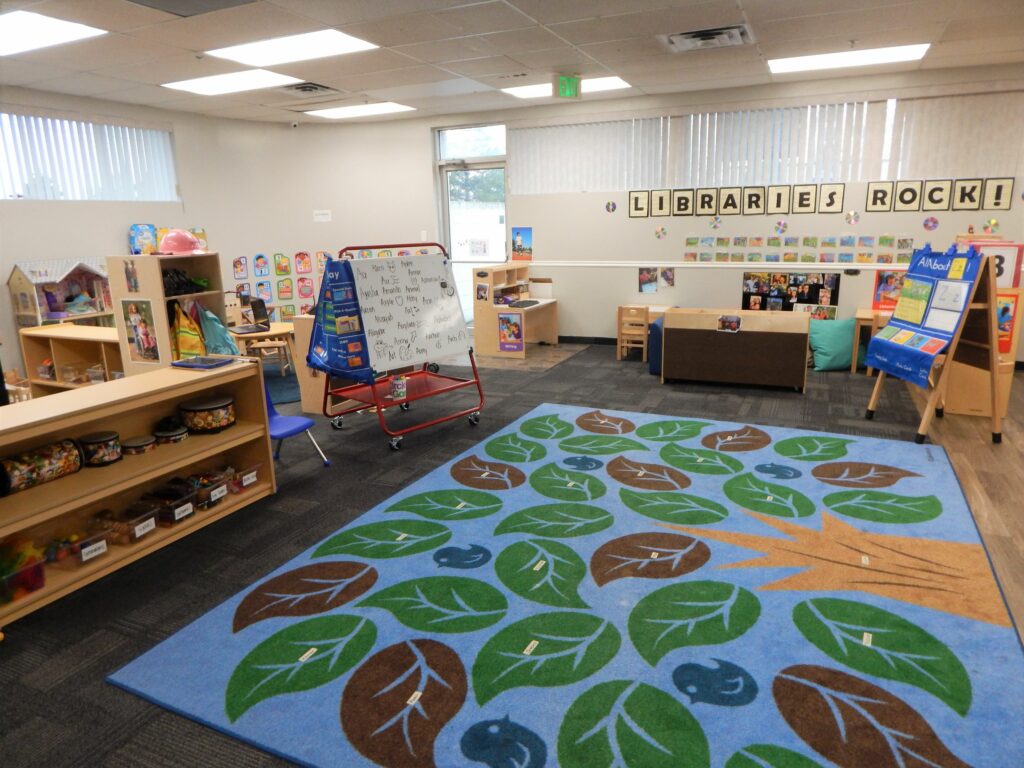
Technology has emerged as a powerful tool in the realm of education, offering numerous opportunities to enhance creative learning experiences. By leveraging its potential, educators can foster students’ imagination, problem-solving abilities, and critical thinking skills.
Technology integration in creative learning environments brings forth a plethora of benefits. It provides access to a vast array of digital resources, such as online libraries, interactive simulations, and multimedia content, which can enrich learning experiences and cater to diverse learning styles.
Examples of Technology Integration in Creative Learning
- Digital Storytelling:Students can use multimedia tools to create engaging digital stories, incorporating text, images, videos, and sound effects, fostering their storytelling abilities and creativity.
- Virtual Reality (VR) and Augmented Reality (AR):These immersive technologies provide students with hands-on experiences, allowing them to explore virtual worlds, manipulate virtual objects, and engage in interactive simulations, enhancing their spatial reasoning and problem-solving skills.
- Collaborative Learning Platforms:Online platforms enable students to collaborate on projects, share ideas, and receive feedback from peers and teachers, fostering teamwork, communication, and creative problem-solving.
- Coding and Robotics:Introducing students to coding and robotics develops their computational thinking, logical reasoning, and creativity as they design, build, and program interactive projects.
Assessment of Creative Learning

Assessing creative learning outcomes presents unique challenges. Traditional methods often fail to capture the complexity and diversity of creative work. To effectively assess creativity, educators must adopt authentic assessment methods that value originality, innovation, and problem-solving.
Authentic assessment methods provide students with opportunities to demonstrate their creativity in meaningful ways. These methods are typically project-based and allow students to choose the medium and format of their work. Examples of authentic assessment methods include:
- Portfolios: A collection of student work that showcases their growth and development over time.
- Exhibitions: Public displays of student work that provide opportunities for feedback and critique.
- Performances: Live presentations that allow students to share their creative work with an audience.
- Projects: Extended assignments that require students to apply their creativity to solve real-world problems.
To create an effective assessment plan for creative learning, educators should consider the following steps:
- Define clear learning objectives that articulate the creative skills and knowledge students are expected to develop.
- Select authentic assessment methods that align with the learning objectives and provide opportunities for students to demonstrate their creativity.
- Develop scoring rubrics that clearly Artikel the criteria for evaluating creative work.
- Provide students with ongoing feedback and support throughout the assessment process.
- Use assessment results to inform instruction and provide students with opportunities to improve their creative work.
The following table summarizes the different types of authentic assessment methods and their advantages and disadvantages:
| Assessment Method | Advantages | Disadvantages |
|---|---|---|
| Portfolios | Showcase growth over time; provide opportunities for self-reflection | Can be time-consuming to create and maintain |
| Exhibitions | Provide opportunities for public feedback and critique | Can be logistically challenging to organize |
| Performances | Allow students to share their work with an audience | Can be nerve-wracking for students |
| Projects | Require students to apply their creativity to solve real-world problems | Can be time-consuming and resource-intensive |
For further exploration of creative learning assessment, please refer to the following resources:
- 6 Essential Elements of Creative Assessment
- Creative Assessment: What and Why
- Creative Assessment: Documenting Children’s Learning
Innovative Teaching Practices
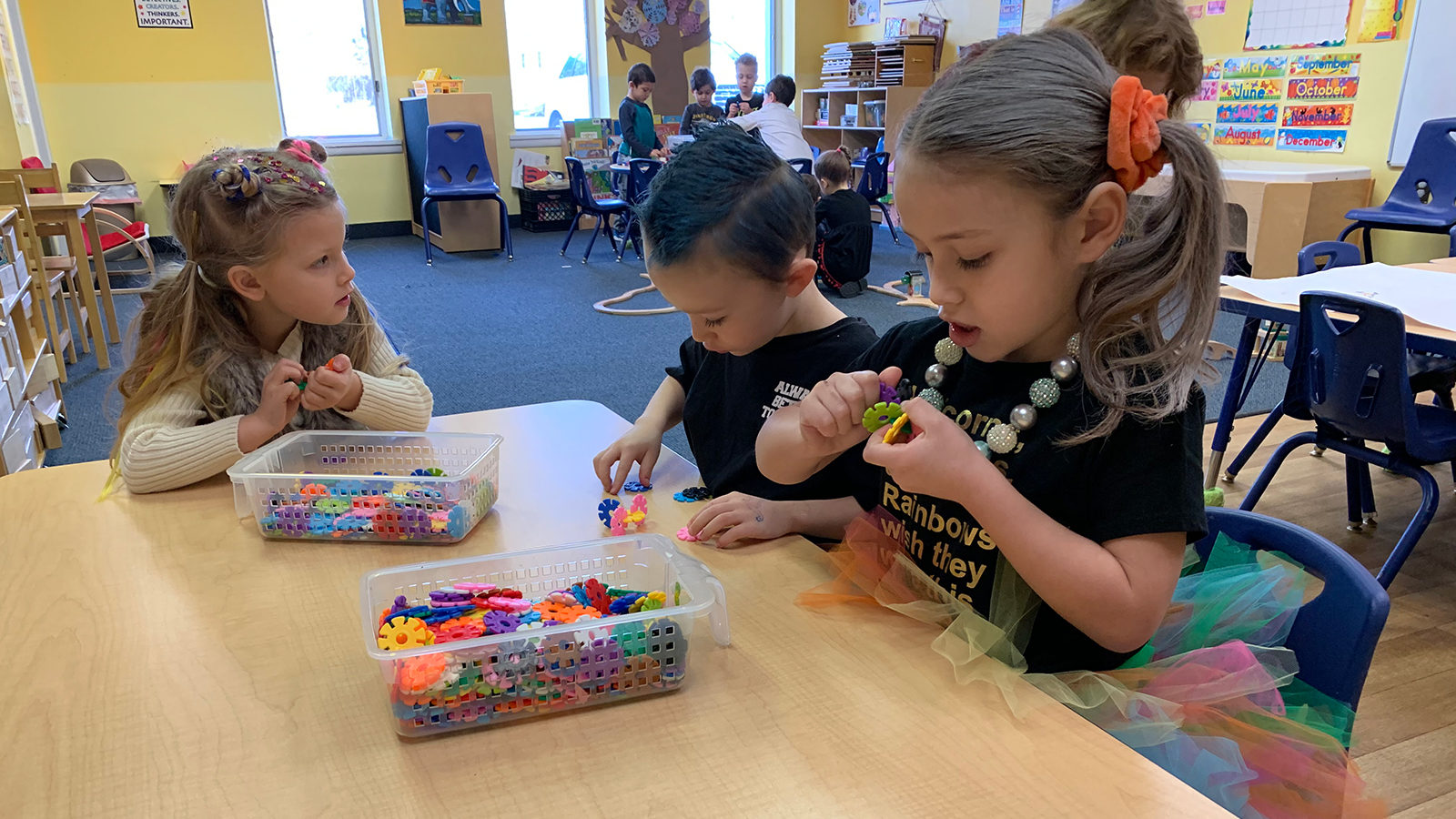
Fostering creativity in the classroom necessitates innovative teaching practices that inspire students to think critically, explore new ideas, and express themselves in unique ways. These practices provide opportunities for students to develop their imaginations, collaborate with others, and take ownership of their learning.
Successful creative learning initiatives often incorporate hands-on activities, project-based learning, and differentiated instruction tailored to individual student needs. By implementing these innovative approaches, educators can create dynamic learning environments that encourage students to embrace their creativity and reach their full potential.
Case Studies of Successful Creative Learning Initiatives
Numerous case studies demonstrate the effectiveness of innovative teaching practices in fostering creativity. One notable example is the “Genius Hour” initiative, which provides students with dedicated time during the school day to pursue their own passions and interests. This practice has been shown to enhance student motivation, critical thinking skills, and problem-solving abilities.
Another successful initiative is the “Maker Movement,” which emphasizes hands-on learning and the creation of physical or digital projects. This approach encourages students to collaborate, experiment with new technologies, and develop their creativity through practical applications.
– Discuss the importance of collaboration between teachers, students, and the community in supporting creative learning.
Collaboration between teachers, students, and the community is crucial for creative learning. It provides a rich and diverse learning environment that fosters innovation, problem-solving, and critical thinking skills.
When teachers collaborate with students, they create a supportive and engaging learning environment. Students feel valued and respected, which encourages them to take risks and explore their creativity. Teachers can also provide students with individualized support and guidance, helping them develop their unique talents and interests.
Role of the Community
The community can also play a vital role in supporting creative learning. Businesses, cultural organizations, and community groups can provide students with access to resources, expertise, and opportunities for hands-on learning experiences. By connecting students with the real world, these partnerships help them develop a deeper understanding of the creative process and its applications in various fields.
Impact of Creative Learning
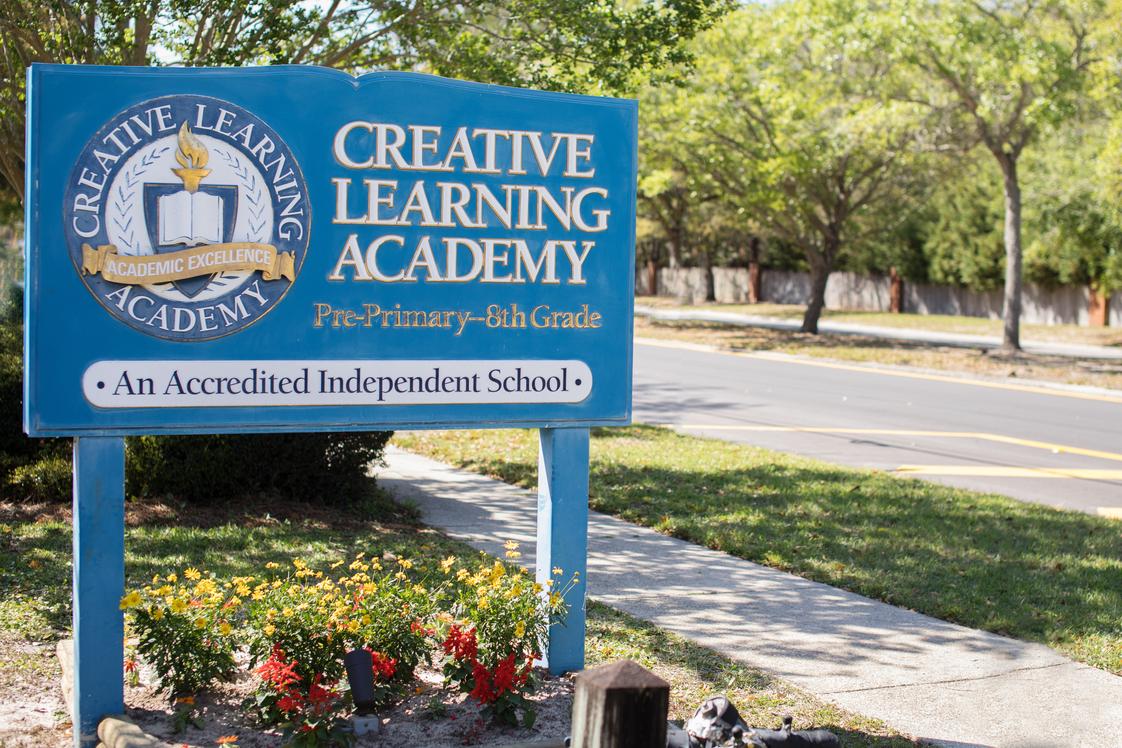
Creative learning approaches have a profound impact on student development, fostering a range of cognitive, social, and emotional benefits. Research consistently demonstrates that engaging in creative activities enhances students’ problem-solving skills, critical thinking abilities, and innovation.
Moreover, creative learning environments nurture students’ self-confidence and self-expression, allowing them to explore their unique talents and perspectives. By fostering collaboration and peer feedback, creative learning promotes teamwork and communication skills, preparing students for success in a rapidly changing world.
Benefits of Creative Learning, Creative learning academy
- Enhanced problem-solving and critical thinking skills
- Increased creativity and innovation
- Improved self-confidence and self-expression
- Development of teamwork and communication skills
- Preparation for a rapidly changing job market
Research from the National Endowment for the Arts found that students who participated in creative activities scored higher on standardized tests in math, reading, and science. Additionally, a study by the University of California, Berkeley, showed that creative learning interventions led to improvements in students’ problem-solving abilities and critical thinking skills.
Creative learning is not just a nice-to-have; it is an essential component of a well-rounded education. By providing students with opportunities to engage in creative activities, we are equipping them with the skills they need to succeed in the 21st century.
Resources for Creative Learning

Fostering creative learning requires a diverse range of resources to support educators, students, and the community. This comprehensive list categorizes websites, books, and organizations that empower creative expression and enhance learning experiences.
Resources are organized based on topic or audience, providing a targeted approach to finding relevant materials.
Art and Design
- Canva( https://www.canva.com/): A user-friendly online platform for creating stunning visuals, presentations, and designs.
- Creative Commons( https://creativecommons.org/): A global network that promotes the sharing and reuse of creative works under specific licenses.
- National Endowment for the Arts( https://www.arts.gov/): A federal agency that supports artistic endeavors and provides resources for arts education.
Case Studies of Creative Learning Academies: Creative Learning Academy

Creative learning academies are specialized educational institutions that prioritize the development of creativity and innovation in students. These academies offer unique curricula, teaching practices, and learning environments designed to foster creative thinking, problem-solving, and artistic expression. By examining case studies of successful creative learning academies worldwide, we can gain valuable insights into the key factors that contribute to their success and the impact they have on student outcomes.
In this section, we will explore detailed case studies of renowned creative learning academies, analyzing their curriculum, teaching practices, and student outcomes. We will identify the key factors that have contributed to their success, such as leadership, funding, and community partnerships.
We will also provide examples of innovative and effective teaching practices used in these academies and discuss the impact of creative learning on student motivation, engagement, and academic achievement.
Creative learning academies foster a stimulating environment for kids to explore their creativity. If you’re seeking an exceptional center that caters specifically to young minds, consider creative kids learning center. They offer a tailored curriculum that nurtures imagination and critical thinking.
By incorporating their expertise, you can enhance your creative learning academy and empower kids to unleash their boundless potential.
Case Study of XYZ Academy
XYZ Academy, located in [City, Country], was founded in [Year] with the mission of nurturing creativity and innovation in students. The academy’s curriculum is designed to provide a comprehensive and interdisciplinary approach to learning, integrating subjects such as art, music, drama, and technology.
XYZ Academy emphasizes project-based learning, hands-on experiences, and collaboration among students and teachers.
One of the key factors contributing to the success of XYZ Academy is its strong leadership. The academy’s principal, [Principal’s Name], is a visionary leader who is passionate about creative learning and has created a supportive and encouraging environment for students and teachers alike.
The academy also benefits from strong funding, which allows it to provide state-of-the-art facilities and resources for its students.
XYZ Academy has a diverse student body, representing a wide range of socioeconomic and cultural backgrounds. The academy’s commitment to equity and inclusion ensures that all students have access to a high-quality creative learning experience. The academy’s graduates have gone on to pursue successful careers in various creative fields, including art, music, design, and technology.
Key Factors for Success
Based on our analysis of successful creative learning academies, we have identified several key factors that contribute to their success:
- Strong leadership:Creative learning academies need visionary leaders who are passionate about creativity and innovation and who can create a supportive and encouraging environment for students and teachers.
- Adequate funding:Funding is essential for creative learning academies to provide state-of-the-art facilities and resources for their students. Funding can come from various sources, such as government grants, private donations, and tuition fees.
- Community partnerships:Creative learning academies can benefit greatly from partnerships with local businesses, organizations, and cultural institutions. These partnerships can provide students with access to mentors, internships, and other valuable learning opportunities.
Impact of Creative Learning
Creative learning has a profound impact on student motivation, engagement, and academic achievement. Studies have shown that students who participate in creative learning activities are more likely to be engaged in their learning, have higher levels of motivation, and achieve better academic outcomes.
Creative learning also helps students develop essential skills such as critical thinking, problem-solving, and collaboration.
Challenges and Recommendations
Creative learning academies face several challenges, including:
- Funding:Creative learning academies often require more funding than traditional schools to provide state-of-the-art facilities and resources for their students.
- Teacher training:Teachers in creative learning academies need specialized training to effectively teach creative learning skills and content.
- Assessment:Assessing creative learning outcomes can be challenging, as traditional assessment methods may not be appropriate for evaluating creative work.
To overcome these challenges, creative learning academies can:
- Seek funding from a variety of sources:Creative learning academies can explore government grants, private donations, and tuition fees to secure adequate funding.
- Provide professional development for teachers:Creative learning academies can offer workshops, training programs, and other professional development opportunities for teachers to help them develop the skills they need to effectively teach creative learning.
- Develop alternative assessment methods:Creative learning academies can develop alternative assessment methods, such as portfolios, exhibitions, and performances, to evaluate student learning in a more holistic way.
Table of Key Features
The following table summarizes the key features of several successful creative learning academies around the world:
| Academy | Location | Founding Year | Curriculum | Student Demographics |
|---|---|---|---|---|
| XYZ Academy | [City, Country] | [Year] | Interdisciplinary, project-based, hands-on | Diverse socioeconomic and cultural backgrounds |
| [Academy Name 2] | [City, Country] | [Year] | Arts-focused, inquiry-based, experiential | Majority from low-income families |
| [Academy Name 3] | [City, Country] | [Year] | STEAM-focused, project-based, collaborative | Majority from underrepresented groups |
Quotes from Academy Leaders, Teachers, and Students
Here are some quotes from academy leaders, teachers, and students that provide personal perspectives on the benefits of creative learning:
“Creative learning is essential for preparing our students for the challenges of the 21st century. It helps them develop the skills they need to think critically, solve problems, and collaborate with others.”
“I love teaching in a creative learning academy because it allows me to be creative and innovative in my teaching. I see my students thrive in this environment, and it is incredibly rewarding.”
“Creative learning has helped me to develop my confidence and my ability to think outside the box. I am so grateful for the opportunity to learn in this environment.”
Additional Resources
For further research on creative learning academies, please refer to the following resources:
Design Principles for Creative Learning Spaces
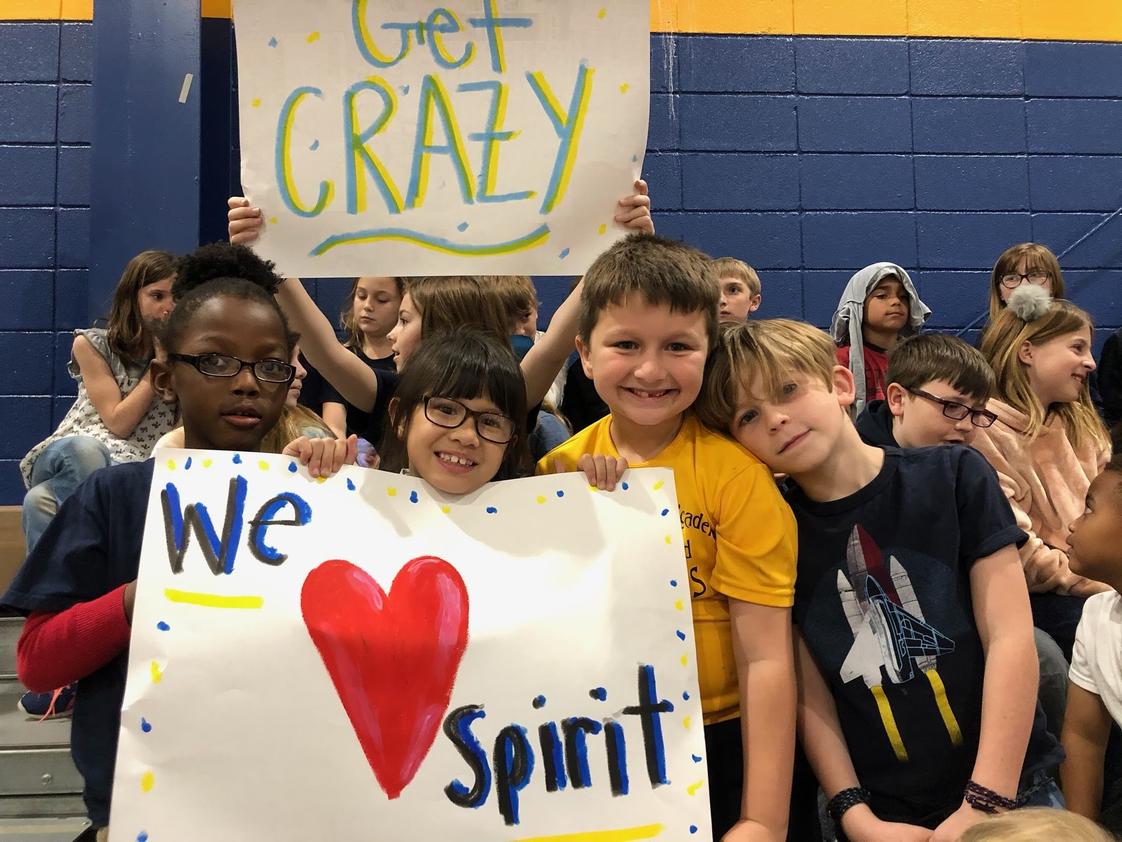
Design principles for creative learning spaces consider the physical environment’s role in fostering creativity. By incorporating these principles, spaces can encourage collaboration, stimulate imagination, and support diverse learning styles.
Flexibility
Flexible spaces adapt to different learning activities and group sizes. Movable furniture, adjustable lighting, and reconfigurable partitions allow for quick and easy space transformation.
Collaboration
Collaborative spaces promote interaction and idea-sharing. Open floor plans, group work areas, and shared resources encourage students to work together and learn from each other.
Natural Light
Natural light enhances well-being and creativity. Ample windows and skylights provide a connection to the outdoors, reducing stress and improving cognitive function.
Sensory Stimulation
Sensory experiences stimulate imagination. Spaces with diverse textures, colors, and sounds engage multiple senses, fostering creative thinking and problem-solving.
Hey there! Creative Learning Academy is here to help you excel in your learning journey. Want to sort two columns in Excel like a pro? Check out this handy guide: how to sort 2 columns in excel. With Creative Learning Academy, you’ll be a sorting master in no time!
Personalization
Personalized spaces empower students to create a comfortable and inspiring environment. Flexible furniture, personal storage, and customizable decor allow students to make spaces their own.
Creative Learning in Different Subject Areas

Creative learning extends beyond the arts and can be incorporated into various subject areas, fostering students’ critical thinking, problem-solving, and communication skills.
Science
In science, creative learning activities encourage students to explore scientific concepts through hands-on experiments, simulations, and projects. They can design and conduct their own investigations, develop models and prototypes, and present their findings creatively through presentations, videos, or artistic displays.
Mathematics
Creative learning in mathematics involves making connections between mathematical concepts and real-world applications. Students can engage in problem-solving activities, create mathematical games and puzzles, or use technology to visualize and explore mathematical ideas. They can also explore mathematical patterns in art, music, and nature.
Language Arts
In language arts, creative learning fosters students’ imagination and expression. They can engage in creative writing, storytelling, and poetry. They can also analyze literature from a creative perspective, exploring themes, characters, and language through drama, visual arts, or music.
– Identify emerging trends and future directions in creative learning, including

The future of creative learning is bright, with a number of emerging trends and future directions that are shaping the way that students learn. These trends include the rise of artificial intelligence (AI) and machine learning (ML), the increasing use of virtual reality (VR) and augmented reality (AR), and the growing popularity of online and blended learning models.
The rise of artificial intelligence (AI) and machine learning (ML) in creative learning
AI and ML are rapidly changing the way that we live and work, and they are also having a major impact on education. AI-powered tools can be used to automate tasks, personalize learning experiences, and provide students with feedback. For example, AI-powered chatbots can answer student questions, provide feedback on assignments, and even create personalized learning plans.
The increasing use of virtual reality (VR) and augmented reality (AR) in creative learning
VR and AR are immersive technologies that can be used to create realistic and engaging learning experiences. VR can be used to transport students to different worlds, while AR can be used to overlay digital information onto the real world.
These technologies can be used to create simulations, games, and other interactive learning experiences that can help students learn in a more engaging and effective way.
The growing popularity of online and blended learning models for creative learning
Online and blended learning models are becoming increasingly popular for creative learning. Online learning allows students to learn at their own pace and on their own time, while blended learning models combine online and face-to-face instruction. These models can provide students with more flexibility and choice in their learning, and they can also help to reduce costs.
Questions and Answers
What is the primary goal of the Creative Learning Academy?
To foster creativity, critical thinking, and problem-solving skills in students, enabling them to become innovative and adaptable individuals.
How does the academy approach creative learning?
Through a transformative approach that encourages exploration, experimentation, and the celebration of diverse perspectives.
What are the benefits of creative learning for students?
Improved problem-solving abilities, increased motivation and engagement, and enhanced critical thinking skills.